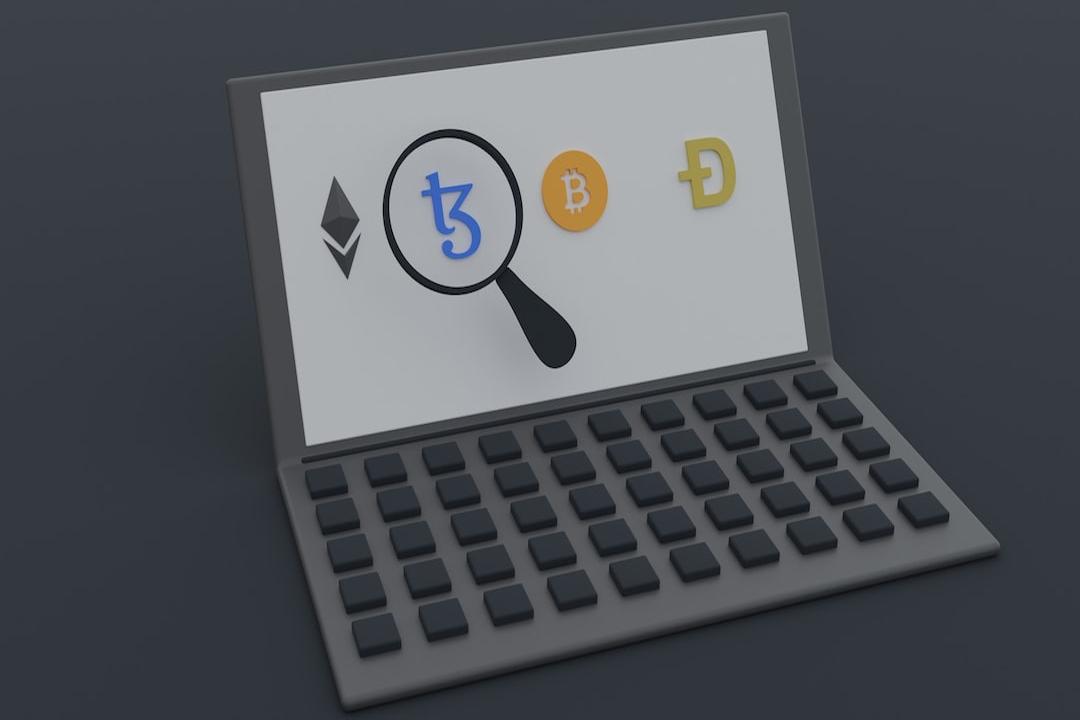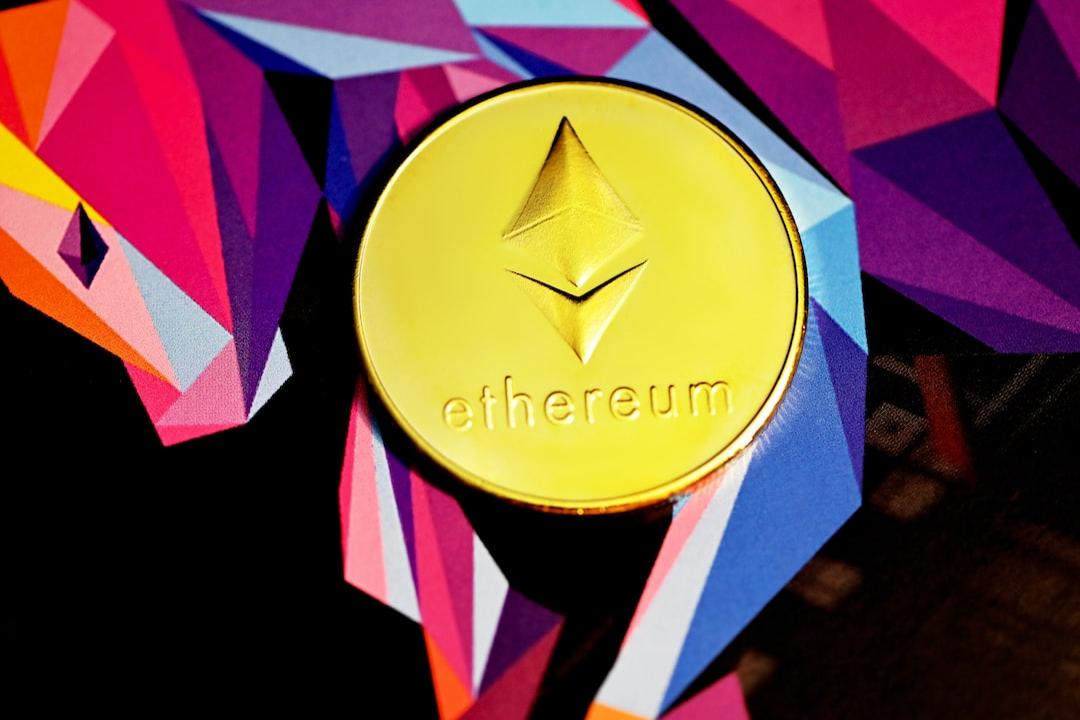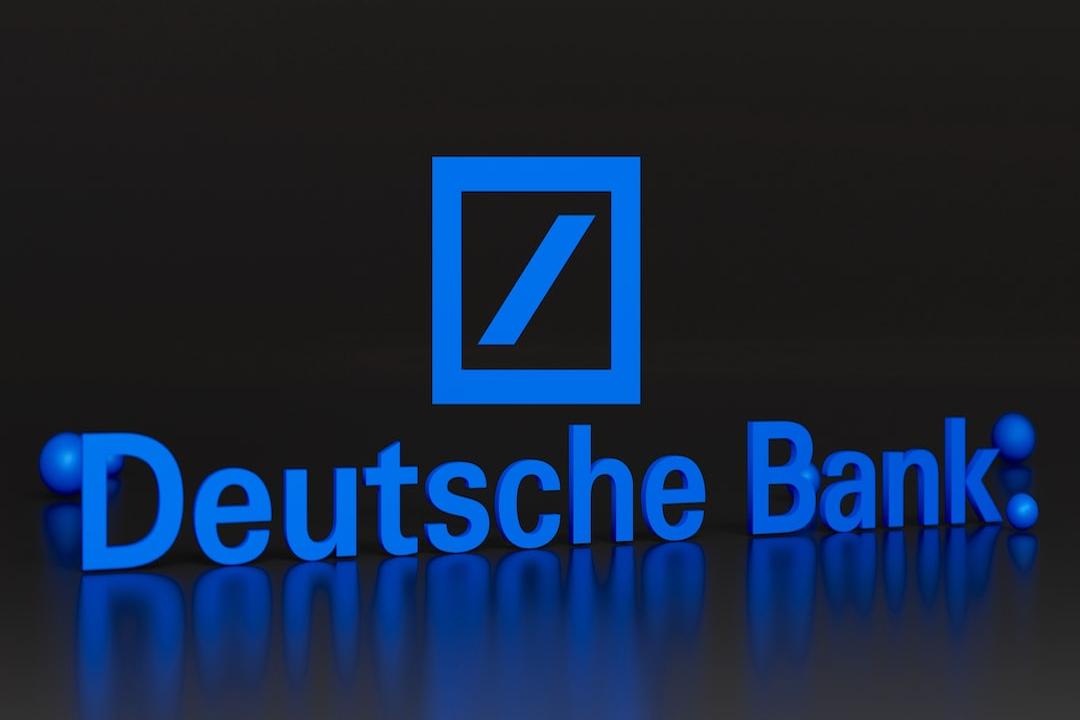Principal and Interest Separation Agreement
Pendle Finance
Through a unique tokenized design that converts future earnings into derivative products, Pendle Finance aims to enable composability in the interest market, providing users with more diverse asset operation strategies. This aligns with the recent trend of yield optimization in the collateralized token (LRT) projects, leading to the rapid development of the protocol.
Table of Contents
Toggle
Introduction to Pendle: LRT Driving New Growth
What Problem Does Pendle Solve: Lack of Composability in DeFi Asset Interests
Building an On-Chain Interest Derivatives Market
Traditional Interest Derivatives Market: Strip Bonds
Tokenization of Pendle Finance Earnings
LRT Collateralized Tokens
Tokenization of Unrealized Point Earnings
Pendle Finance Product Architecture
Standardization: Tokenizing Tokens as Standardized Yield Tokens (SY)
Decomposition: Splitting Standardized Yield Tokens (SY)
Market: Establishing an AMM for Rapid Token Exchange
In fact, any earnings can become a market besides LRT
Pendle Finance was founded in 2021 and completed its seed round of financing through an IDO in the same year. It experienced a long period of silence due to market cycles, but with the rise of business and the LST and LRT markets, it has also driven Pendle’s growth.
Recommended Reading:
In-depth analysis of the opportunities and risks of the LRT project
Reason for Recommendation: This article provides a contextual review for readers who are not familiar with the collateralized area, starting from LST and LRT, and extensively lists the types of existing related projects.
Advertisement – Continue reading below




According to DeFiLlama data, Pendle’s TVL has reached $2.8 billion, ranking as the 13th largest protocol. It has become an important cornerstone in the DeFi and LST protocols.
(Pendle Finance Science: A comprehensive view of the Equilibria and Penpie protocols in the ecosystem)
In the existing DeFi ecosystem, more and more tokens have native yields. For example, stETH issued by Lido or eETH issued by Ether.fi through collateralization projects will provide staking rewards to token holders daily.
However, there is a lack of related tools in the existing DeFi environment for earning more income, shorting income, or derivative products of future income. Therefore, the choices for advanced investors are fewer compared to traditional finance.
Pendle Finance aims to provide investors with more diverse tools to operate investment strategies, with strip bonds as the main entry point.
In traditional finance, most bonds are tied to principal and interest. Investors holding bonds will receive interest during the bond’s term and receive the principal back when the bond matures. However, there are investment products that allow the purchase of principal and interest separately, providing investors with more choices.
Investors can choose to purchase two types of assets when dealing with principal and interest separation bonds:
Zero-coupon bond:
A bond that does not pay interest and can only be redeemed at maturity for the face value of the asset. Due to the separation of interest, investors can usually purchase it at a discount.
Coupon bond:
A bond that pays interest corresponding to the asset and can redeem the interest for the current period on the interest payment date.
Principal and interest separation bonds can provide investors with more advanced operations. For example, if a user is optimistic about the long-term returns of the asset, they can choose to purchase more coupon bonds with the same capital.
Investors can use Pendle Finance to bring the concept of principal and interest separation bonds from traditional finance to Web3. They can also purchase zero-coupon assets or income-generating assets, which are referred to as:
Principal Tokens (PT):
Represent the underlying asset and can be redeemed for the underlying asset at a one-to-one ratio after maturity. For example, 1 PT-stETH can be redeemed for 1 ETH worth of stETH.
Yield Tokens (YT):
Can receive the income generated by the underlying asset. For example, holding 10 YT-stETH allows investors to receive all the income from 10 ETH deposited in Lido.
In addition to using ETH and USDC to purchase the above tokens, investors can also choose to directly use interest-bearing assets for purchase (such as stETH) and automatically complete the conversion through the protocol’s AMM mechanism.
This allows DeFi investors to have more investment strategies. Investors can choose to purchase discounted principal tokens and redeem the underlying assets upon maturity, which can be considered a fixed income.


Purchase Ether.fi Principal Tokens at a discount
Investors can also choose to purchase a larger quantity of yield tokens with the same principal, in order to gain more income interest and leverage future earnings. For example, the current YT for Ether.fi is approximately $287, which means that investors only need to spend $287 to receive the future income equivalent to staking one ETH (current price is about $3660) in eETH.


Purchase Ether.fi Yield Tokens
In addition to purchasing, investors can also choose to deposit interest-bearing assets into the protocol to receive both PT and YT tokens and carry out their own strategies.


Deposit eETH to exchange PT and YT
Pendle Finance aims to build a market for interest derivatives, tokenizing future earnings and providing composability of income.
The discount rate at which principal tokens can be sold by Pendle indicates market expectations for expected interest income.
Because the potential income from points can also be included in the design of the income tokens, Pendle is influenced by the popularity of LRT. Due to the recent attention to the collateralized token field, Pendle has also incorporated tokens from many LRT projects, amplifying users’ staking rewards.
Pendle Finance perfectly aligns with the positioning of LRT products: optimizing asset utilization.
Since LRT users and the market are primarily focused on income, Pendle Finance, which can amplify income and provide composability of capital efficiency, naturally becomes the ideal tool for many LRT holders.
In addition, it can be seen that tokens from Puffer Finance or Renzo, which currently do not have token issuance but only have points, can be purchased as income tokens due to market expectations for airdrops, creating a market.


One ETH can leverage nearly 27 times the potential Renzo income
So, how does Pendle Finance achieve the design of token separation and income?
First, Pendle Finance packages interest-bearing tokens to provide a token standard called Standardized Yield Tokens (SY) for the protocol to operate these assets efficiently.


All tokens need to be packaged before they can be integrated into Pendle Finance
(Source)
Each SY token is equivalent to the native asset and can be unwrapped at any time or exchanged back to the original asset through Pendle Finance’s AMM.
SY tokens can be automatically split into two types of tokens, namely the aforementioned principal tokens and yield tokens, and the income from the original tokens is automatically given to the holders of the yield tokens.


SY token decomposition into PT and YT
(Source)
For users who do not hold interest-bearing assets, cannot mint standardized yield tokens (SY), or want to withdraw quickly, the Pendle Finance team provides an improved AMM that allows users to exchange PT, YT, and other tokens at any time.
The operation of the Pendle Finance protocol largely relies on the integration process of the AMM. For example, when a user purchases yield tokens with the original asset, the process involves minting SY tokens, splitting them into principal tokens and yield tokens, and using the AMM to exchange all principal tokens for yield tokens.


Operational process behind purchasing yield tokens from original tokens in the Pendle protocol
(Source)
According to the Pendle whitepaper, the AMM is improved from Notional Finance, and the AMM curve takes into account time and generated yields, narrowing the price range of PT near maturity. By concentrating liquidity within a smaller range, capital efficiency is improved.
Due to the recent popularity of the LSD and LRT markets, as well as the fact that income and capital efficiency are the holy grails of these two areas, Pendle Finance, which can increase income and provide composability, has naturally seen significant growth. It has even been classified as an important protocol for LRT projects. However, its application is not limited to liquidity staking rewards.
Any asset with income can be financialized through Pendle Finance.
By integrating with LRT, the market can see more possibilities of Pendle Finance’s practical application. It is expected that in the future, whether it is the potential airdrop of points or the income generated by RWAs, which are currently areas that have not yet optimized resource exchanges, Pendle Finance’s story is just beginning.
ETH
LRT
LSD
Pendle Finance
Pendle Finance (PENDLE)
(End of translation)

